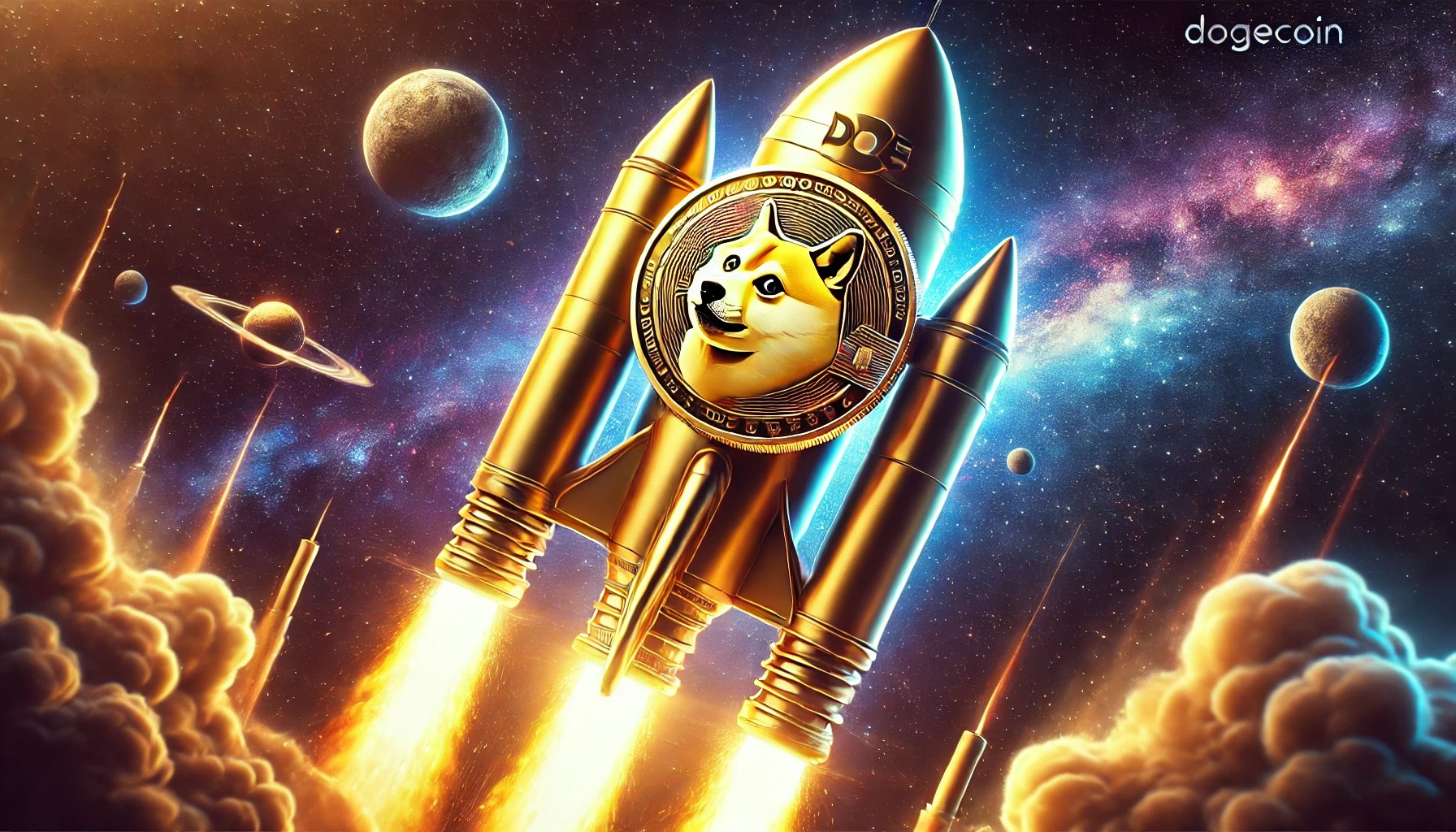ARTICLE AD
The debut of VeChain’s MaaS platform has aroused debate regarding the potential influence on the price of VET, in addition to its technological improvements.
VeChain (VET), a leading blockchain platform based in San Marino, Europe has taken a bold step into the tokenization space with the launch of its digital asset tokenization platform, Market-as-a-Service (MaaS).
VeChain Partners with Gresini Racing for Maas Launch
According to the announcement, VeChain partnered with Gesini Racing, a prominent MotoGP championship team for the initial launch of MaaS. The full rollout of MaaS is expected in the second quarter of this year, with the potential to revolutionize the digital asset industry.
MaaS is a no-code digital assets tokenization platform developed to meet the growing demand for Real-World Asset (RWA) tokenization solutions. Crucially, VeChain highlighted that the platform aims to empower businesses and individuals to easily develop, sell, and transfer digital assets.
VeChain hinted that it plans to improve later versions of MaaS with the introduction of NFC functionality and the ability to create “phygitals,” or assets with both digital and real-world equivalents.
Notably, VeChain’s collaboration with Gresini Racing serves as an excellent illustration of MaaS’s capacity to bridge Web3 and conventional enterprises. Gresini Racing hopes to sell digital collectibles to its large fan base through the partnership, exposing new audiences to blockchain technology through the user-friendly interface of MaaS.
Jake Campton, VeChain’s Communications Lead expressed enthusiasm toward the launch of MaaS, stating:
“The launch of VeChain’s MaaS platform is yet another initiative that demonstrates our resolution to supporting seamless mass adoption of blockchain technology through easy-to-implement, no-code solutions.”
The launch of MaaS comes at the right time for VeChain as it looks towards developing tools to onboard a fast tokenizing world, with a projected $16 trillion in RWA by 2030. This timely release is consistent with the growing interest in RWA tokenization, as indicated by BlackRock Inc’s (NYSE: BLK) recent proposal for a tokenization fund.
Meanwhile, the debut of VeChain’s MaaS platform has aroused debate regarding the potential influence on the price of VET, in addition to its technological improvements. As VeChain expands its ecosystem and drives adoption through creative solutions, investors may see increasing usefulness and value in VET, potentially sparking a positive rally in its price.
VeChain’s Commitment in the Blockchain Industry
VeChain’s commitment to pioneering blockchain solutions is seen in its track record of providing breakthrough technology. VeChain has consistently pushed the envelope of blockchain usage, from product identification to provenance and sustainability tracking.
Last year, SingularityNET, an Artificial Intelligence startup, collaborated with VeChain to combat climate change. At the time, Founder and CEO of SingularityNET, Ben Goertzel stated that the firms would combine their native resources to help identify novel ways to improve carbon emission output and reduce pollution.
Moreover, the release of MaaS comes after VeChain’s successful launch of VORJ in 2023, reinforcing the company’s status as a blockchain pioneer. VORJ, a complementary platform that provides no-code digital assets and smart contract deployment, demonstrates VeChain’s dedication to lowering barriers to entry in the digital asset space.

 8 months ago
43
8 months ago
43 

